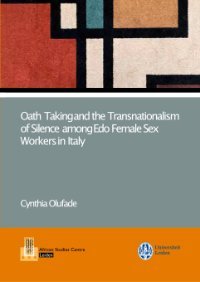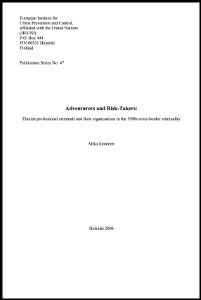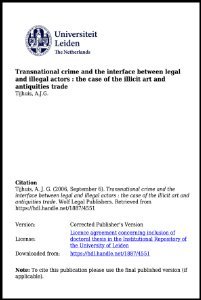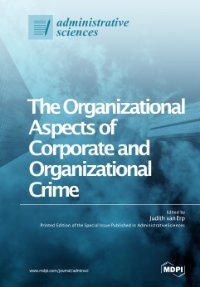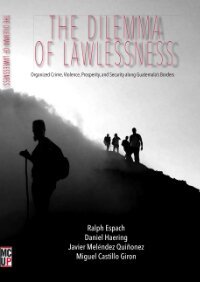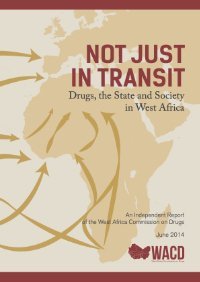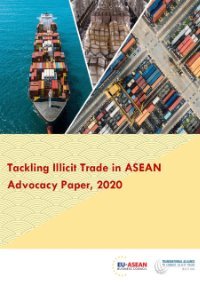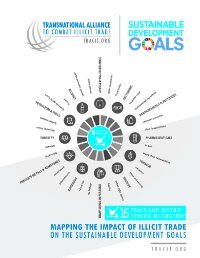By Cynthia A. Olufade.
This book is based on Cynthia A. Olufade’s Master’s thesis ‘Oath taking and the transnationalism of silence among Edo female sex workers in Italy’, winner of the African Studies Centre, Leiden’s 2018 Africa Thesis Award. This annual award for Master’s students encourages student research and writing on Africa and promotes the study of African cultures and societies. This study aimed to interrogate the oath taking phenomena among Edo female sex workers in Italy. In a bid to understand how the oaths taken in Edo State, translates into an intangible aspect of the trafficking process. To achieve the aims of the study, the research utilised the qualitative method of data collection, it involved the use of in-depth interviews and observations. The study reveals that the transnational silence exhibited by different categories of actors in the Edo sex work network sustains the industry. The research also highlights that the oaths form only a part, albeit important of the construction of debt and bondage in the context of Edo transnational sex work. In light of its findings, the study concludes that the idea of transnationalism of silence is as effective as the oaths taken.
Leiden: Leiden University, 2020. 118p.


